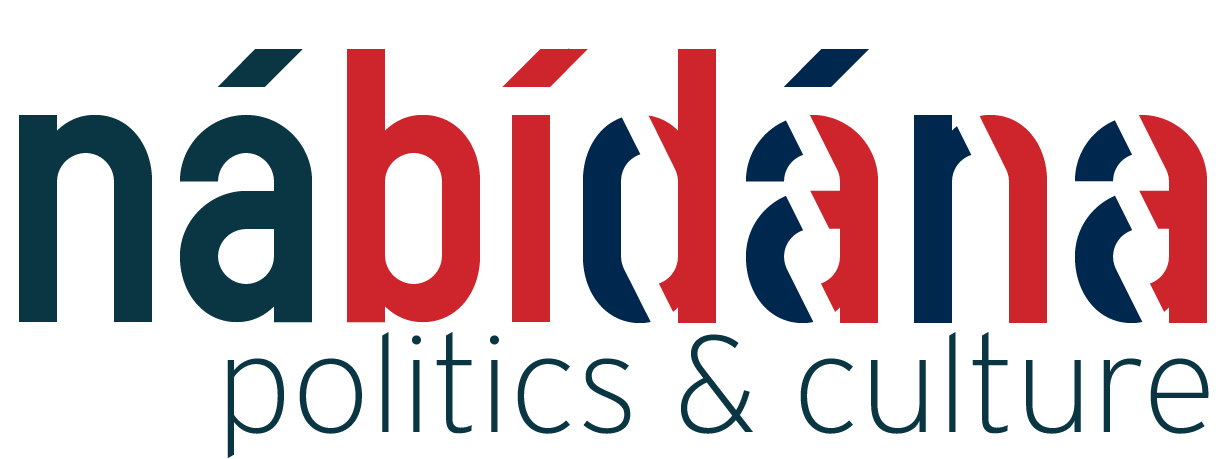Conservative victory
The Conservative Party, led by David Cameron, won the 2010 General Election. The party secured a majority of 23 seats in an election contest which turned out less close than had previously been predicted.
Controversy over election night count
Polling day for the 2010 General Election was Thursday 6th May 2010. There was controversy as 43 constituency returning officers decided not to count the election results in their constituencies until the following day, Friday 7th May 2010. David Cameron visited HM Queen Elizabeth II at Buckingham Palace at 4pm, later than had been the custom in recent years, and was asked by Her Majesty to form a Government, which he duly did.
Revival in Wales and North of England
Vote spread in the General Election marked a revival in the fortunes of the Conservative Party in parts of Wales and the North of England, though a straight fight between the Labour Party and the Scottish National Party limited the party’s recovery in Scotland. An electoral pact with the Ulster Unionist Party in Northern Ireland was unsuccessful, resulting in the loss of the one Ulster Unionist Party seat in the country.
National Swing vs Marginal Swing
Whilst national opinion polling had suggested a Conservative lead of just 4% on 5 May 2010, the calculated swing to the Conservatives showed significant variance between ‘marginal’ and ‘safe’ constituencies. Conservatives in marginal constituencies gained 59 seats directly from Labour with swings of more than 9%, representing a significant margin of error for the main polling companies. At one point on election night the BBC predicted a Labour dominance in a ‘hung parliament’, but this was not achieved.

